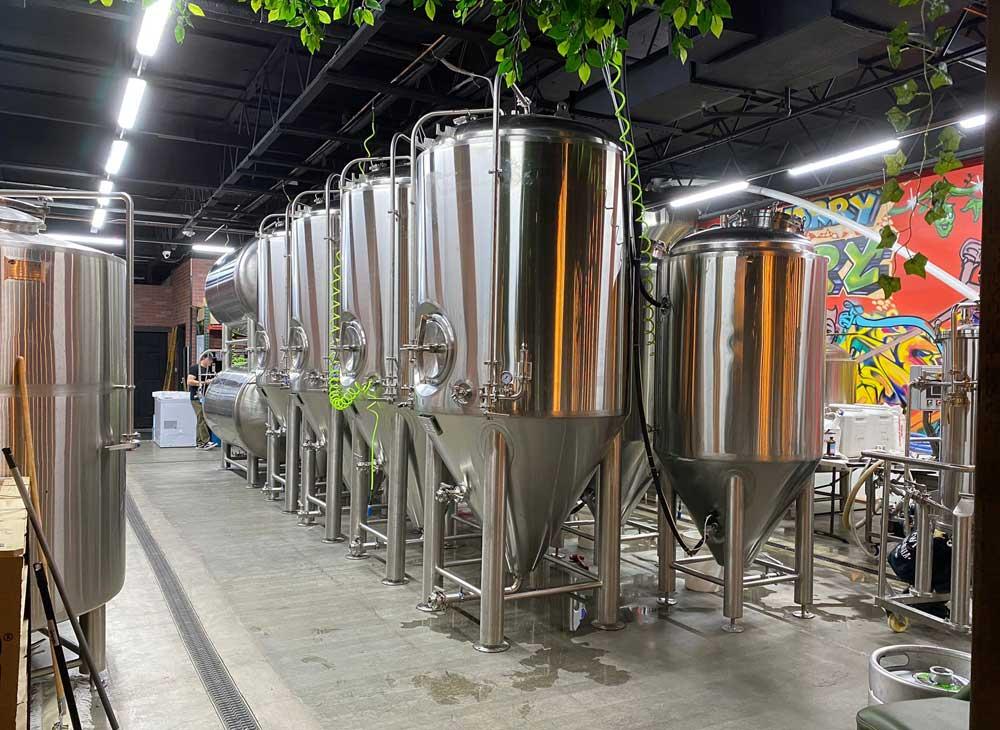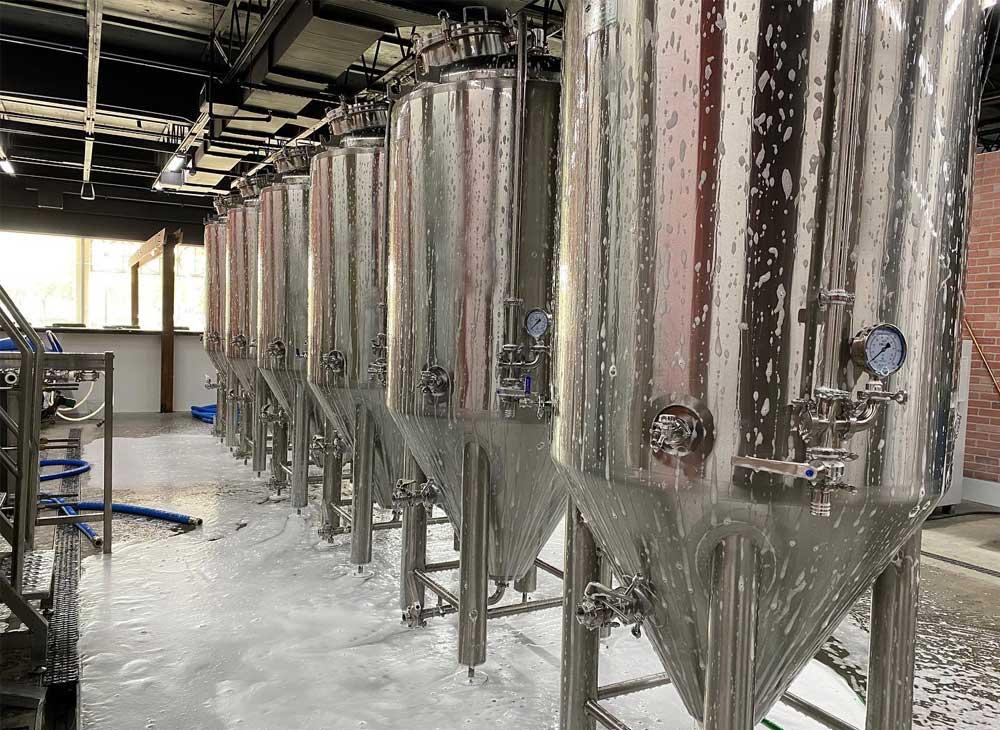Why do breweries use hot water tanks and what size should we choose?
When opening a brewery, a lot of clients asked me should I have a hot water tank? Some brewers are looking to save on beer immediately by eliminating hot cans. As for the hot water tank, some people claim that the hot wat...
Read MoreHow Does a Fermenter Cooling Jacket Work?
As weallknow, beer fermentation needs to be carried out at a relatively low temperature, which requires the temperature of the fermentation tank to be controlled within a certain range.Fermenting in an unconditioned space...
Read MoreOptions for Nano-size of Brewery Equipment
Here is Tiantai Beer Equipment Co., Ltd. Welcome to visit our brewery equipment website! Please allow me to share the options for our Nano-size of beer brewing equipment with you. For Nano-size of brewery equipment, we co...
Read More10HL Fermentation Unitank from Tiantai
Here is Tiantai Beer Equipment Co., Ltd. Welcome to visit our brewery equipment website! Please allow me to share the 1000L Fermentation Unitanks with you. Just like its name, unitank is one tank that combines the functio...
Read MoreKey Points Of Flavor In A Craft Beer Fermentation Tank
As a brewer looking to start a brewery, it is important to understand the impact of fermentation on the flavour of beer. Through the fermentation of different yeasts under different environmental conditions, a rich variet...
Read MoreThe Importance Of Cleaning Your Craft Beer Brewing Equipment
It is important to understand craft beer brewing equipment in order to become a competent master brewer. As well as being functional, safe and easy to operate, it is more important that good craft beer equipment is kept c...
Read MoreHow many liters of brewery equipment should I choose at the beginning?
With the growing popularity of craft beer, many craft beer lovers have started craft beer businesses. As a beer equipment manufacturer, we have always been committed to producing brewery equipment with good quality, compl...
Read MoreHow should hops be stored in a craft brewery?
Craft beer is a relatively popular low-alcohol beverage now. Many craft brewery and pubs choose to buy their own beer brewing equipment and brew their own beer. Craft beer is freshly brewed, with strong wheat aroma and un...
Read More







.jpg)

.jpg)
.jpg)
.jpg)




